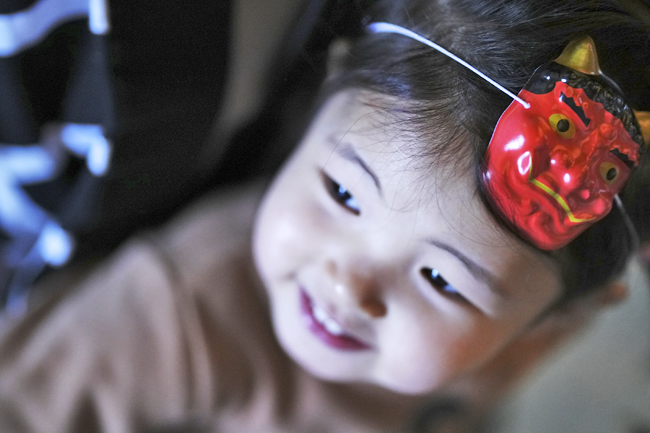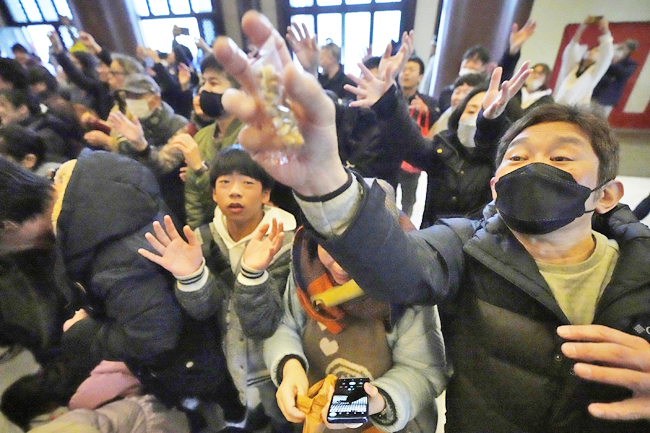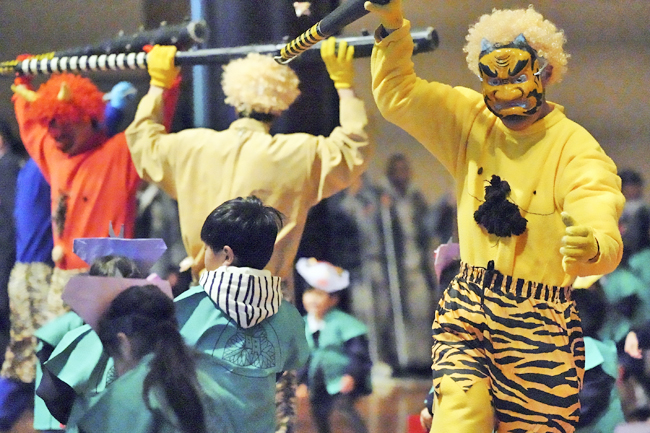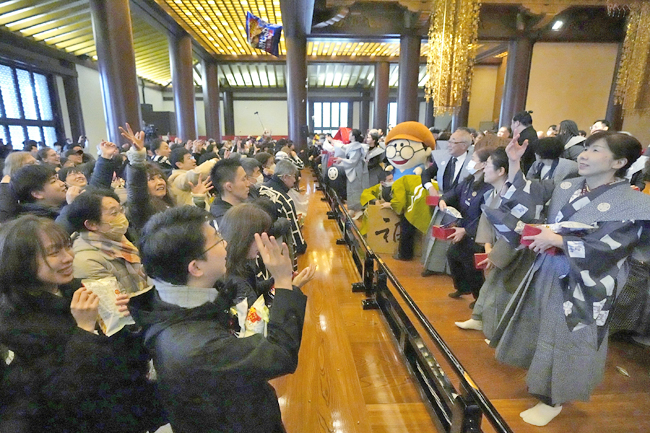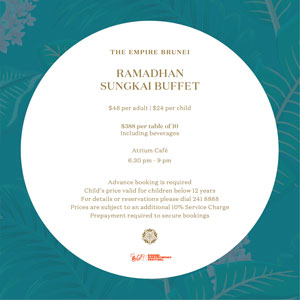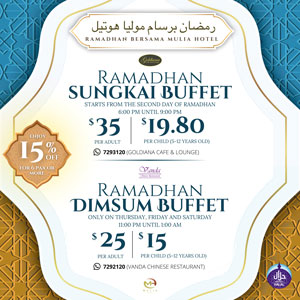TOKYO (AP) – Hundreds of people gathered at a Buddhist temple in downtown Tokyo, eagerly stretching their hands to catch the dried soya beans thrown at them in the hope of warding off evil spirits and inviting good luck.
Japan’s annual ritual of mame-maki or bean-throwing, at Buddhist temples, Shinto shrines and homes sees people marking setsubun, the last day of the winter in the Japanese lunar calendar.
Like rice, soya beans are considered a symbol of vitality and purity.
Inside the Zojoji temple in Tokyo, a number of people including sumo wrestlers, actors and other celebrities, dressed in formal kimonos, stood on an elevated podium, excitedly throwing the dried soybeans as the crowds gathered to happily pick the small packs of fukumame.
“Oniwa soto, Fu kuwa uchi!” or “Demons out, for tune in!” everyone chanted in sync, loudly enough to be heard outside the temple, where hundreds queued up for the next session.
While the ritual is usually held outside, the rain last Sunday forced everyone to take cover inside the Zojoji temple.
Some lucky participants like Utako Iibuchi and her husband Masaaki collected about 20 packages of soya bean, snacks and mochi rice cakes. The couple is a regular at the temple’s annual event. “This is the first time we’ve collected so much,” a beaming Utako Iibuchi said.
Japanese people also hold bean-throwing rituals at home, where usually the elder family member wears a red-faced demon mask and throws the beans at the others.
Afterward, they eat the same number of beans as their age plus one, for good luck and health.
Bean events at home are largely for families with children, but the Consumer Affairs Agency has advised parents not to feed the dried soya beans to those under five to avoid risks of choking.
